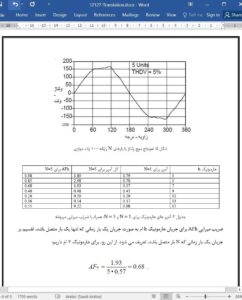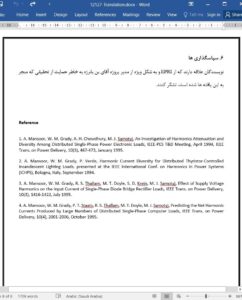Abstract
Individually, single-phase power electronic-based loads pose no problem to power systems. In total, however, they have the potential to raise harmonic voltages and currents to unacceptably high levels. The purpose of this paper is to give guidelines for modeling the net harmonics currents produced by these loads, and to describe the following two key factors used to determine the guidelines: harmonic current cancellation due to phase angle diversity, and attenuation due to system impedance and the corresponding voltage distortion that tend to reduce the net harmonic currents produced by these loads.
1. Motivation and Previous Methods
Large single-point harmonics-producing loads have been traditionally treated as fixed harmonic current injectors. The same method has been used to predict the harmonic levels in distribution systems caused by large numbers of distributed single-phase loads, where the typical harmonic current spectrum of one load is scaled in proportion to total load power. These assumptions result in an overestimation of harmonic current injection because phase angle cancellation among the individual loads, and attenuation caused by system impedance and voltage distortion, are neglected.











